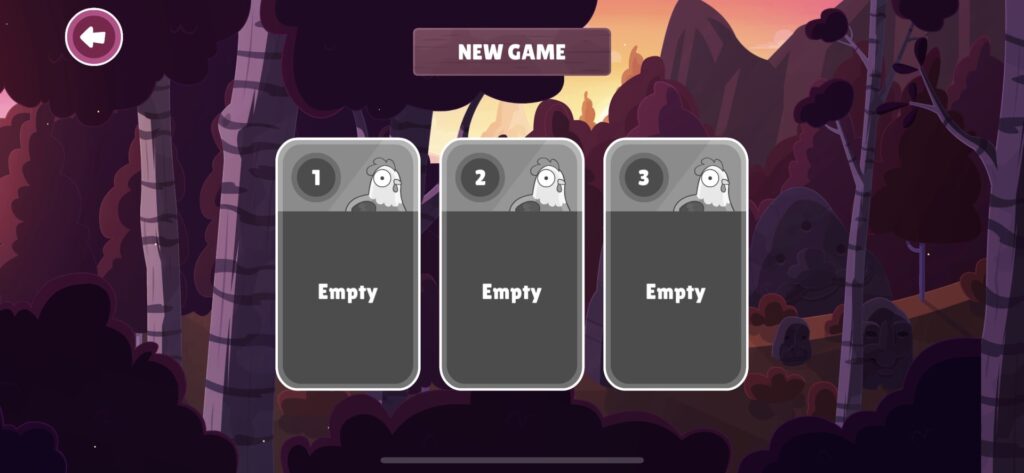User interface (UI) design is an essential aspect of game development, as it directly interacts with players and helps them navigate and understand the game mechanics. UI design includes elements like menus, HUDs, icons, buttons, and health bars. Its importance lies in communicating crucial information to players, enhancing the aesthetics and immersion of the game, and ensuring intuitive navigation. The UI design process involves research, planning, wireframing, prototyping, visual design, implementation, testing, and continuous improvement based on player feedback. Overall, UI design plays a crucial role in creating engaging and visually appealing games that align with the game’s mechanics and target audience.
Discover the Role of User Interface Design in Game Development
Introduction
User interface (UI) design plays a crucial role in the development of video games. It is the visual representation of a game that directly interacts with the player, providing a means to engage with the game mechanics, controls, and overall experience. In this article, we will delve into the various aspects of UI design and its influence on game development.
Understanding User Interface Design
User interface design refers to the process of creating the visual elements and user-friendly interactions that allow players to navigate, interact, and understand the game’s mechanics. It includes elements such as menus, heads-up displays (HUDs), icons, buttons, health bars, and more. The primary goal of UI design is to ensure players have an immersive and enjoyable gaming experience while easily understanding and interacting with the game’s features.
The Importance of User Interface Design in Games
UI design in games is crucial for several reasons. Firstly, it aids in communicating vital information to the player, such as health status, ammo count, or objective updates. Secondly, it enhances the overall aesthetics and immersion of the game, creating visually appealing and consistent designs that align with the game’s theme and narrative. Lastly, it ensures efficient and intuitive navigation for players, minimizing confusion and frustration while maximizing engagement and enjoyment.
User Interface Design Process in Game Development
1. Research and Planning
Before beginning the UI design process, game developers conduct thorough research on their target audience, game genre, and platform. They identify the needs, preferences, and expectations of players and strategically plan how to align the UI design with the game’s mechanics and goals.
2. Wireframing and Prototyping
The UI design process often starts with creating wireframes and prototypes. Wireframes are basic visual representations that outline the structure and layout of the UI elements, whereas prototypes provide interactive simulations to test usability and gather feedback. These steps help identify any potential issues or improvements before moving forward.
3. Visual Design
Once the wireframes and prototypes are finalized, the visual design phase begins. This involves choosing the right color schemes, typography, icons, and other visual elements that align with the game’s theme and aesthetics. Creating visually appealing UI elements not only enhances the player’s experience but also contributes to the overall branding of the game.
4. Implementation and Testing
After completing the visual design, developers implement the UI elements into the game. This process involves programming the interactions, animations, and functionality of the UI components. Thorough testing is conducted to ensure proper functionality, responsiveness, and compatibility across different platforms and devices.
5. Iteration and Improvement
UI design is an iterative process, and game developers often gather feedback from players and make necessary improvements. Through playtesting and analyzing user behavior, developers can identify areas where the UI can be enhanced for a better user experience. Continuous iteration and improvement ensure that the UI design evolves alongside the changing needs and expectations of players.
Conclusion
User interface design is a vital component of game development, contributing to the success and player engagement of any game. With careful research, planning, wireframing, visual design, implementation, and iteration, developers can create UI designs that not only enhance the gaming experience but also closely align with the game’s mechanics, aesthetics, and target audience. By understanding the role of UI design in game development, developers can create immersive and visually appealing games that captivate their players.
